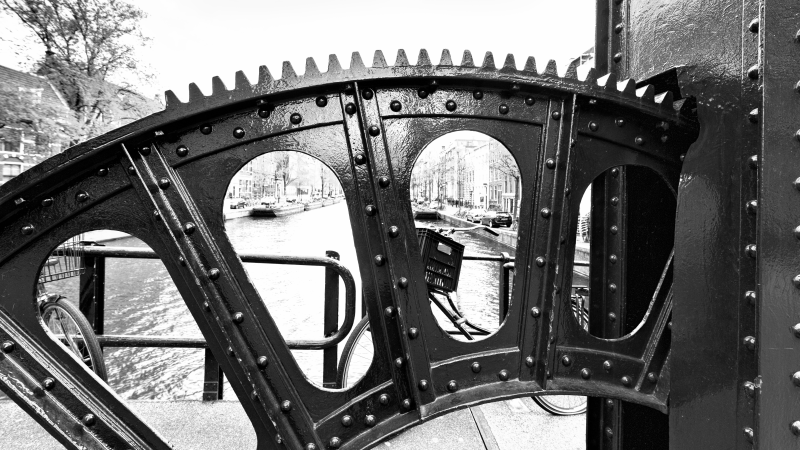
In the electronics world, even for the hobbyists, things have only gotten smaller over the years. We went from through-hole components to surface mount, and now we’re at the point where the experienced DIYers are coming around to the idea of using ball grid array (BGA) components in their designs. We’d wonder what things are going to look like in another couple decades, but frankly, it gives us the heebie-jeebies.
So while we’re pretty well versed these days in the hows and whys of tiny things, we see comparatively little large-scale engineering projects. Which is why we were excited to have Andy Oliver stop by this week for the Heavy Engineering Hack Chat. His day job sees him designing and inspecting the control systems for movable bridges — or what many would colloquially refer to as drawbridges.
Now you might think there’s not a lot of demand for this particular skill set, but we’re willing to bet there’s a lot more of these bridges out there than you realized. Andy kicked things off with the revelation that just between the states of Florida and Louisiana, there are about 200 movable bridges of various sizes. On a larger scale, he points out that BridgeHunter.com lists an incredible 3,166 movable bridges in their database, though admittedly many of those are historical and no longer standing. (There really is a site for everything!)

There’s also a huge incentive to keep the existing bridges functioning for as long as possible — building a new one these days could cost hundreds of millions of dollars. Instead, repairs and upgrades are the name of the game. Andy says that if it’s properly maintained, you should get about a century out of a good bridge.
It will probably come as little surprise to find that keeping things as simple as possible is key to making sure a movable bridge can withstand the test of time. While we might imagine that all sorts of high-tech automation systems are at work, and they probably would be if any of us were in charge, Andy says that most of the time it’s old school relay logic.
Even controlling the speed of motors is often down to using beefy relays to switch some additional resistance into the circuit. But when reliability and ease of repair are top priorities, who’s to argue against a classic? Andy recalled a time when a government client made it clear that the only tool you should need to maintain a particular bridge’s control system was a hammer.
Of course, when moving around a million pounds of steel, there’s more than just electrical considerations at play. You’ve also got to take into account things like wind forces on the bridge, specifically that your gears and motors can handle the extra load without tearing themselves apart. The bridge also needs an emergency stop system that can arrest movement at a moment’s notice, but not damage anything in the process.
A lot of fascinating details about these motorized behemoths were covered in the Chat, so we’d invite anyone who’s ever watched a bridge slowly reconfigure itself to peruse through the full transcript. Special thanks to Andy Oliver for stopping by and sharing some of the details about his unique career with the community, and remember that if you’ve got your own engineering stories to tell, we’d love to hear them.
The Hack Chat is a weekly online chat session hosted by leading experts from all corners of the hardware hacking universe. It’s a great way for hackers connect in a fun and informal way, but if you can’t make it live, these overview posts as well as the transcripts posted to Hackaday.io make sure you don’t miss out.
0 Commentaires